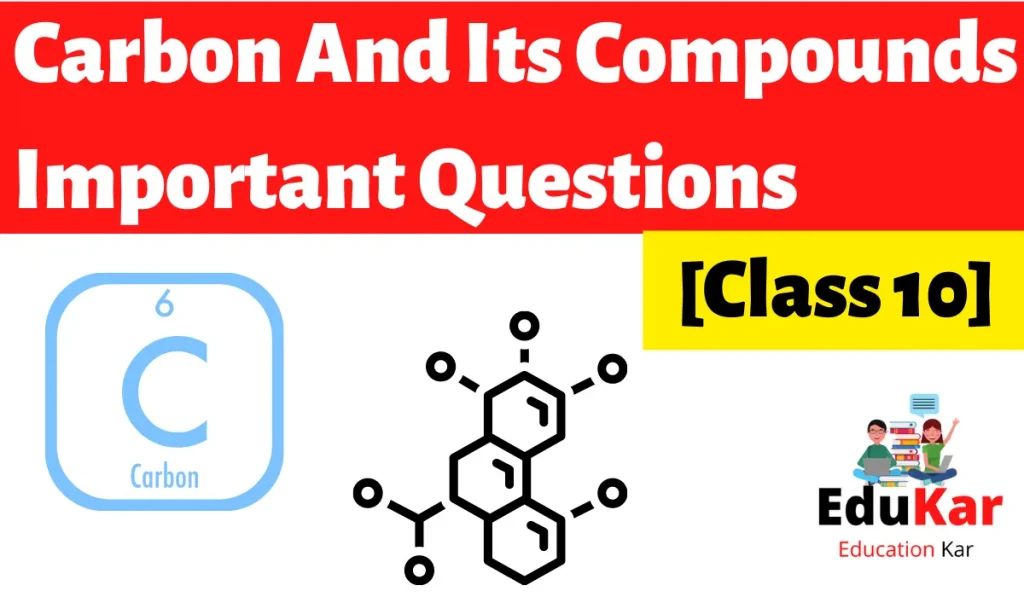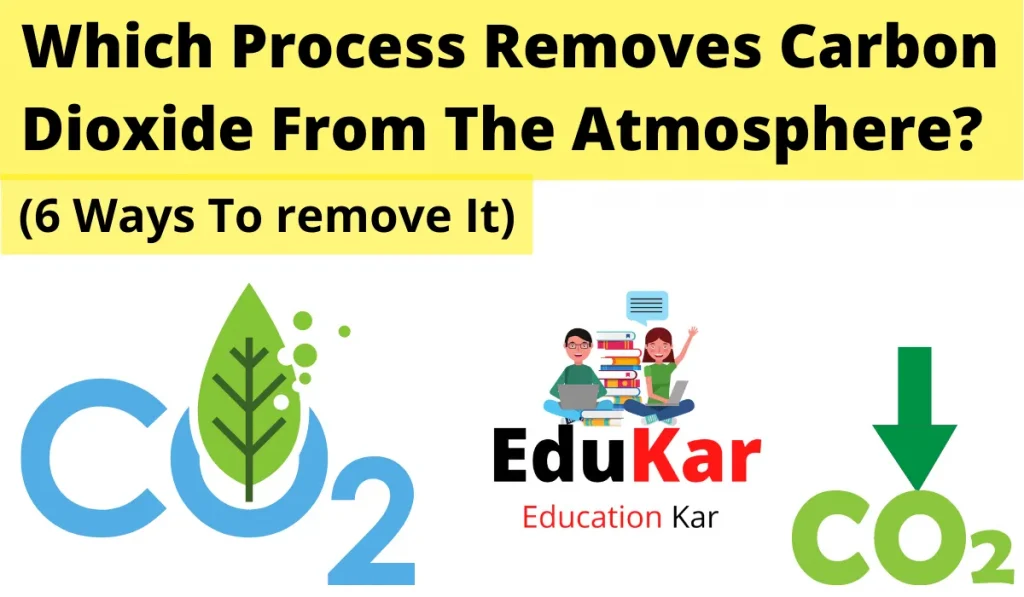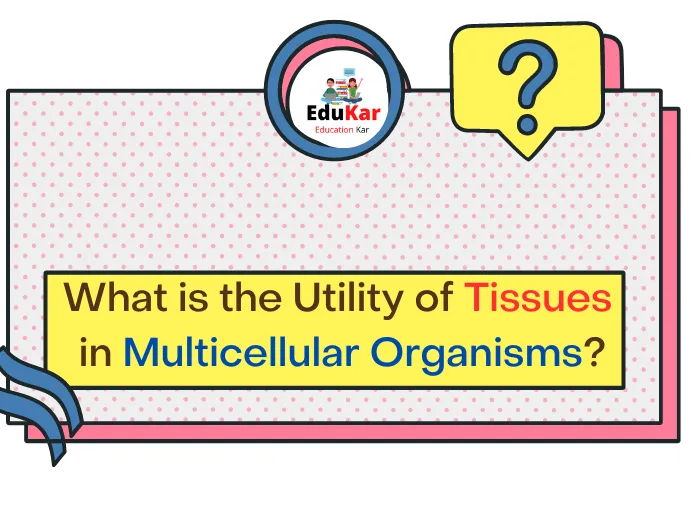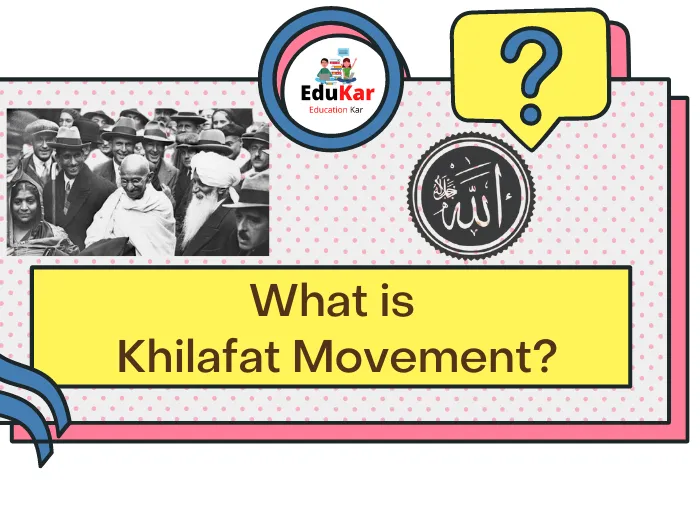Contents
- 1 Q1. Covalent compounds have lower melting and boiling point. Why? (2020)
- 2 Q2. What are ‘covalent compounds?’ Why are they different from ‘ionic compounds?’ List their 3 characteristic properties. (Delhi 2016)
- 3 Q3. What is Homologous Series of carbon compounds? (Foreign 2016)
- 4 Q4. Write the name & formula of the 2nd member of Homologous Series having general formula CnH2n-2. (Delhi 2015)
- 5 Q5. State two properties of carbon which lead to a very huge number of carbon compounds. (2/5, AI 2011)
- 6 Q6. Why are carbon & its compounds used as fuels?
- 7 Q7. In which ‘compound forms’ does carbon occur?
- 8 Q8. Write the uses of ‘diamond’.
- 9 Q9. How is ethene produced from ethanol? Give the reaction also.
- 10 Q10. Intake of a tiny quantity of methanol can be lethal. Comment.
- 11 Q11. Gas is evolved when ethanol behave with sodium. Name the gas evolved & write the balanced chemical equation of the reaction involved.
- 12 Q12. Catenation is that ability of an atom to make bonds with other atoms of the same element. Both carbon & silicon exhibit it. Compare the ability of catenation of the 2 elements. Give reasons.
- 13 Q13. Unsaturated hydrocarbons consists multiple bonds between the two C-atoms & show addition reactions. Give the test to differentiate ethane from ethene.
- 14 Q14. How would you bring about the subsequent conversions? Name the method & write the reaction.
- 15 (a) Ethanol to Ethene.
- 16 (b) Propanol to Propanoic acid.
- 17 Q15. A salt X is created, and gas is evolved when ethanoic acid behave with sodium hydrogen carbonate. Name the salt X & the gas evolved. Describe an activity & draw the diagram of the apparatus to prove that the evolved gas is that the one you’ve named. Also, give a chemical equation of the reaction involved.
- 18 Q16.What are the important constituents of all organic compounds ?
- 19 Q17. What’s the valency of carbon in its compounds ?
- 20 Q18. Why are organic compounds present in such an oversized number ?
- 21 Q19. Which is most common in all the members of a family ?
- 22 Q20. Why is candle flame commonly yellow ?
- 23 Q21. Vapour’s of a hydrocarbon were cleared through bromine dissolved in carbon tetrachloride. The yellowish color of bromine got discharged ? Predict the character of the hydrocarbon.
- 24 Q22. What’s the role of soap in cleansing of garments ?
- 25 Q23. Which organic compound is added to create ethanol unfit for drinking purposes ? What’s the name of the mixture formed ?
- 26 Q24. State 2 characteristic features of carbon which when put together give rise to a huge number of carbon compounds.
- 27 Q25. Why is petrol regarded as a more better fuel than kerosene ?
- 28 Q26.Give a chemical test to differentiate between :(i) Ethane & ethene(ii) Ethanol & ethanoic acid(iii) Soaps & detergents.
- 29 Q27. What are ‘Esters?’ How are they made? List 2 uses of esters.
- 30 Q28. Diamond is an ‘insulator’ because of
- 31 Q29.Which of the subsequent oxidising agents convert ethanol to ethanoic acid?
- 32 Q30. Name the gas which will evolve when acetic acid is added to sodium carbonate. How would you prove the presence of the gas?

Q1. Covalent compounds have lower melting and boiling point. Why? (2020)
ANS. Covalent compounds have lower melting and boiling points because the forces of attraction between molecules of covalent compounds are weak. On applying a very small amount of heat these molecular forces break.
Q2. What are ‘covalent compounds?’ Why are they different from ‘ionic compounds?’ List their 3 characteristic properties. (Delhi 2016)
ANS. Covalent compounds are those compounds which are shaped by sharing of valence electrons between the atoms e.g., hydrogen molecule is built by mutual sharing of electrons between two hydrogen atoms.
They are different from ionic compounds as ionic compounds are built by the complete transfer of electrons from one atom to another e.g., NaCl is created when one valence electron of sodium gets transferred to outer shell of chlorine atom. The characteristic properties of covalent compounds are below:
(i) They are generally in dissolvent or less dissolvent in water but dissolve in organic solvents.
(ii) They have lower melting and boiling points.
(iii) They are bad conductor of electricity as they do not contain ions.
Q3. What is Homologous Series of carbon compounds? (Foreign 2016)
ANS. A Homologous Series is the group of organic compounds having the same functional group, and identical chemical properties but the successive (adjacent) members of the series differ by a -CH2 unit or by 14 mass units.
Q4. Write the name & formula of the 2nd member of Homologous Series having general formula CnH2n-2. (Delhi 2015)
ANS. General formula, CnH2n-2 be owned by alkyne series. The 2nd member of this series is propyne i.e., (C3H4) or CH3 – C ≡ CH.
Q5. State two properties of carbon which lead to a very huge number of carbon compounds. (2/5, AI 2011)
ANS. Carbon forms a huge number of carbon compounds like long chains which may be branched or straight chains or ring of different sizes due to its tetravalency & special property of catenation. Carbon due to its tiny size forms exceptionally stable compounds by forming powerful bonds.
Q6. Why are carbon & its compounds used as fuels?
ANS. Carbon & its compounds are used as fuels because most of the carbon compounds produce lot’s of heat & energy when burnt in air i.e. they have high calorific value.
Q7. In which ‘compound forms’ does carbon occur?
ANS. Carbon take place in the following compounds:
Hydrocarbons: These are organic compounds which are built of carbon & hydrogen.
CO2: Carbon also exisits as carbon dioxide & occurs in the air in free state. it is also found as a salt in chalk & limestone. It is given out during combustion of fossil fuel, wood etc.
CH4: Carbon also exists as ‘Methane’.
Q8. Write the uses of ‘diamond’.
ANS. Uses of diamonds are as below:
- It used in ornaments
- It used in glass cutting and rock drilling machines
- diamond dust is also used for polishing other diamonds
- It is used to make windows giving protection from radiation in space & in artificial satellites.
- diamond knives are also used in eye surgery.
Q9. How is ethene produced from ethanol? Give the reaction also.
ANS. Ethanol is heated at 443 k in surplus of concentrated sulphuric acid to obtain ethene.
CH3CH2OH + Conc. H2SO4 → CH2 = CH2 + H2O
Q10. Intake of a tiny quantity of methanol can be lethal. Comment.
ANS. Intake of a tiny quantity of Methanol can be lethal because it reacts rapidly with the components of cells. It influence the protoplasm to coagulate. It also affects the optic nerve & causes blindness.
Q11. Gas is evolved when ethanol behave with sodium. Name the gas evolved & write the balanced chemical equation of the reaction involved.
ANS. Hydrogen gas is evolved when ethanol behave with sodium.
2 Na + 2 CH3CH2OH → 2 CH3CH2ONa + H2
Q12. Catenation is that ability of an atom to make bonds with other atoms of the same element. Both carbon & silicon exhibit it. Compare the ability of catenation of the 2 elements. Give reasons.
ANS. Both carbon & silicon show catenation. But compounds made with silicon are more reactive and less steady. In contrast, bonds built by carbon are very powerful, so organic compounds are much more stable than silicon compounds. Thus, we can say that carbon shows much better catenation than silicon.
Q13. Unsaturated hydrocarbons consists multiple bonds between the two C-atoms & show addition reactions. Give the test to differentiate ethane from ethene.
ANS. The bromine water test can be used to differentiate between saturated & unsaturated hydrocarbons. Saturated compounds do not give an addition reaction. Hence, there would not be any change in the reaction mixture. In contrast, if an unsaturated hydrocarbon is add up to bromine water, its colour will de-colourise.
(Saturated hydrocarbon + Br₂) → No Reaction (No Colour Change)
(Unsaturated hydrocarbon + Br₂) → Reaction will occur (Decolourise)
Q14. How would you bring about the subsequent conversions? Name the method & write the reaction.
(a) Ethanol to Ethene.
(b) Propanol to Propanoic acid.
ANS. (a) Ethanol is heated at 443 K in the presence of an more than of conc. Sulphuric acid. This reaction is called as dehydrogenation.
CH3CH2OH + Conc. H2SO4 → CH2 = CH2 + H2O.
(b) Propanol is treated with alkaline potassium permanganate or acidified salt to urge carboxylic acid.
CH3CH2CH2OH + Alkaline KMnO4 / Acidified K2Cr2O7 → CH3CH2COOH
Q15. A salt X is created, and gas is evolved when ethanoic acid behave with sodium hydrogen carbonate. Name the salt X & the gas evolved. Describe an activity & draw the diagram of the apparatus to prove that the evolved gas is that the one you’ve named. Also, give a chemical equation of the reaction involved.
ANS. The salt X is sodium ethanoate (CH3COONa), & also the evolved gas is carbon dioxide (CO2).
Take a test tube & add acetic acid (CH3COOH). Add sodium bicarbonate (NaHCO3) to the acid, close the test tube’s mouth with a cork, & connect a delivery tube.
Take lime water in another test tube and connect it to the delivery tube. The Lime water turns milky. This mean that the evolved gas is carbon dioxide.
Ca(OH)2 + CO2 → CaCO3 + H2O
The milkiness is because of the formation of CaCO3.
Reaction Involved– CH3COOH + NaHCO3 → CH3COONa + H2O + CO2 (g)
Q16.What are the important constituents of all organic compounds ?
Ans. Carbon & hydrogen are the important constituents of all organic compounds. However, Carbon Tetrachloride (CCl4) is an special case.
Q17. What’s the valency of carbon in its compounds ?
ANS. Carbon is ‘tetravalent’ in its compounds.
Q18. Why are organic compounds present in such an oversized number ?
ANS. This is often due to the self linking property of carbon called as catenation.
Q19. Which is most common in all the members of a family ?
ANS. That they have the common functional group.
Q20. Why is candle flame commonly yellow ?
ANS. Candle flame is commonly yellow due to the presence of unburnt carbon particles. When light falls on these small particles they scatter yellow color. This indicate that the combustion of hydrocarbons present in wax or candle isn’t complete.
Q21. Vapour’s of a hydrocarbon were cleared through bromine dissolved in carbon tetrachloride. The yellowish color of bromine got discharged ? Predict the character of the hydrocarbon.
ANS. The hydrocarbon is ‘unsaturated’. It’s either can be alkene or alkyne.
Q22. What’s the role of soap in cleansing of garments ?
ANS. Soap helps in forming a steady emulsion between oil drops carrying dirt particles & water. The emulsion is also called as micelle.
Q23. Which organic compound is added to create ethanol unfit for drinking purposes ? What’s the name of the mixture formed ?
ANS. Methanol which is extremely poisonous is added in tiny amount to ethanol in order to make it unfit for drinking purposes. The mixture is known as methylated spirit or denatured alcohol.
Q24. State 2 characteristic features of carbon which when put together give rise to a huge number of carbon compounds.
ANS. The 2 characteristic features of carbon which when put together give rise to a huge number of carbon compounds are:
- The size of carbon atom is very tiny (Atomic radius = 77 pm)
- The strength C—C bond is quite powerful (355 kj mol-1)
Therefore, any number of carbon atoms can be connected by covalent bonds, if his self connecting property is known as catenation.
Q25. Why is petrol regarded as a more better fuel than kerosene ?
ANS. In petrol, the burning of hydrocarbons present is complete & they burn with blue flame. However, in kerosene, the burning is not complete. It burns with smoky flame assisted by the release of unburnt carbon atoms. Therefore, petrol is said to be a better fuel than kerosene.
Q26.Give a chemical test to differentiate between :
(i) Ethane & ethene
(ii) Ethanol & ethanoic acid
(iii) Soaps & detergents.
ANS. (i) Ethene decolorises the yellow colour of bromine water while ethane doesn’t.
(ii) Carboxylic acid gives a brisk effervescence with sodium hydrogen carbonate while ethanol doesn’t.
(iii) Soaps form curdy white precipitate or scum with hard H2O while detergents do not form any precipitate.
Q27. What are ‘Esters?’ How are they made? List 2 uses of esters.
Ans. Esters are commonly volatile liquids having pleasant smell (in fruity smell).
Preparation- When carboxylic acid behave with an alcohol in the presence of a little concentrated sulphuric acid, it gives a fruity smelling ester.
For Example- When carboxylic acid is heated with ethanol in the presence of some drops of concentrated sulfuric acid, a sweet smelling ester known as ethyl ethanoate is formed.
Uses- Esters are utilized in making perfumes.
Esters are utilized in making artificial flavours & essences used in icecreams, sweets & cold drinks.
Q28. Diamond is an ‘insulator’ because of
- It’s tough.
- It has no free electrons to conduct electric current.
- It’s not soluble in water.
- It’s structure is very consolidated.
ANS. (b) Diamond is an ‘insulator’ because it has no free electrons to conduct electric current.
Q29.Which of the subsequent oxidising agents convert ethanol to ethanoic acid?
- Alkaline potassium permanganate / Acidified potassium dichromate
- Lithium aluminium hydride / Sodium borohydride
- Ozone / Hydrogen peroxide
- Nitric acid (HNO3) / nitrate compounds
ANS. (a), Alkaline potassium permanganate / Acidified potassium dichromate is mainly used to convert ethanol to carboxylic acid.
Q30. Name the gas which will evolve when acetic acid is added to sodium carbonate. How would you prove the presence of the gas?
ANS. The gas which will evolve when ethanoic acid is add up to sodium carbonate is carbon dioxide. We can detect the existence of carbon dioxide by passing it into lime water. If the lime water turns into milky, it confirms the existence of carbon dioxide.
The reaction as follows:
2CH3COOH + Na2CO3 → 2CH3COONa + CO2 + H2O
Ca(OH)2 (Lime Water) + CO2 → CaCO3 (Milky precipitate) + H2O




![Biology Class 10 Very important [Questions &Answers] Biology Important Questions with Answers class 10](https://edukar.in/wp-content/uploads/2022/09/Biology-Important-Questions-with-Answers-class-10-1024x597.webp)

![Zoology Important Questions [Class 11th-English medium] Zoology Important Questions class 10 english medium](https://edukar.in/wp-content/uploads/2022/09/Zoology-Important-Questions-class-10-english-medium-1024x597.webp)

![What Is Colloidal Solution? [Class 9,10,11&12] What Is Colloidal Solution](https://edukar.in/wp-content/uploads/2022/08/What-Is-Colloidal-Solution-1024x597.webp)

![Corporate Accounting [Important Questions & Answers with MCQ] Corporate Accounting Important Questions & Answers](https://edukar.in/wp-content/uploads/2022/09/Corporate-Accounting-Important-Questions-Answers-1024x597.webp)
![What is Sublimation with Examples? [Class 9,10th,11th] What is Sublimation with Examples](https://edukar.in/wp-content/uploads/2023/03/What-is-Sublimation-with-Examples.webp)
![Web application and Security Class 10 [Questions Answers & MCQs] Web application Class 10 Questions & Answers](https://edukar.in/wp-content/uploads/2022/09/Web-application-Class-10-Questions-Answers-1024x597.webp)


![Digital Documentation Class 9 [Questions Answers & MCQ] Digital Documentation Class 9](https://edukar.in/wp-content/uploads/2022/08/Digital-Documentation-Class-9-1024x597.webp)
